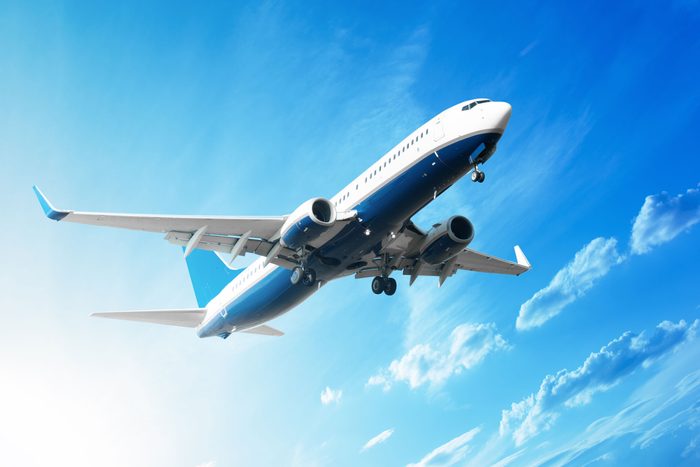
The odds are in your favor
While plane crashes do happen, they’re extremely rare. To put it in perspective, you’re 95 times more likely to die from unintentional poisoning (the odds are one in 103 on this one) than to die in an “air or space transport incident” (one in 9,737), according to the National Safety Council. One M.I.T. Sloan School statistician put this probability in layman’s terms (using a different set of statistics than the NSC). “If you take one flight a day, you would on average need to fly every day for 55,000 years before being involved in a fatal crash,” Arnold Barnett told ABC News. Want to know more? These are the things your pilot won’t tell you.
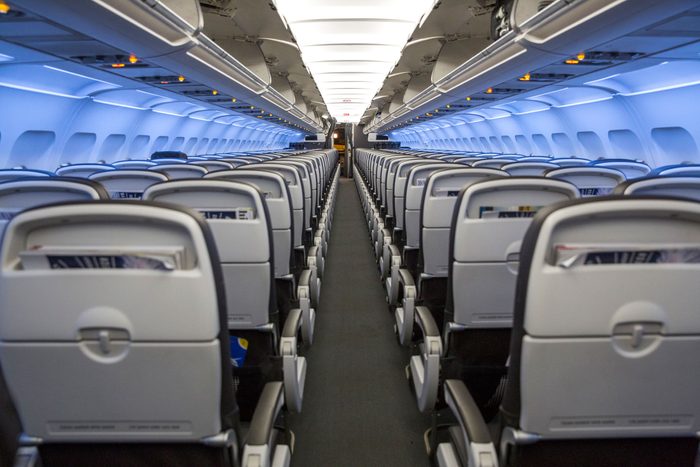
The odds of surviving a plane crash are high
Even if your plane does go down, your chances of surviving the crash are high. In fact, the National Transportation Safety Board says the odds are more than 95 percent. The European Transport Safety Council estimates that of aircraft accidents worldwide, all passengers survived in 90 percent of the occurrences. Get to know about this family that survived a plane crash in Alaska.
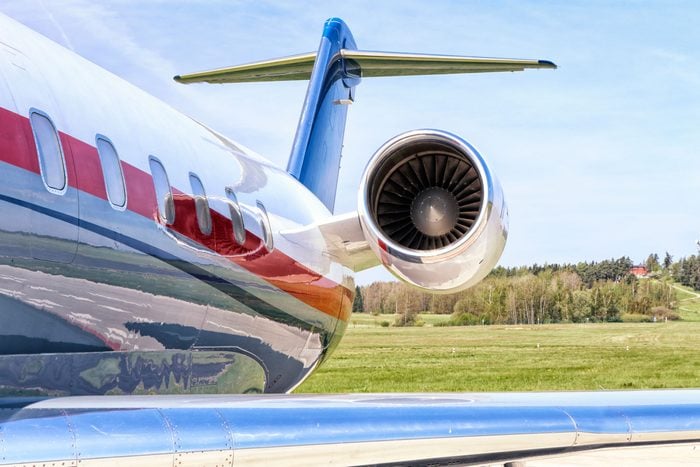
“Is there a doctor on board?”
Probably, yes. If your fear stems from the chance you could suffer a cataclysmic medical incident without a medical professional nearby, rest assured this is fairly rare (according to one study published in the New England Journal of Medicine, an emergency is reported on one flight for every 609). Physician passengers provided medical assistance in 48.1 percent of in-flight medical emergencies, and aircraft diversion occurred in 7.3 percent of them. The study was able to follow up with 10,914 of these patients and found that 25.8 percent were transported to a hospital, 8.6 percent were admitted, and just 0.3 percent died. These are the things you should never do on an airplane.
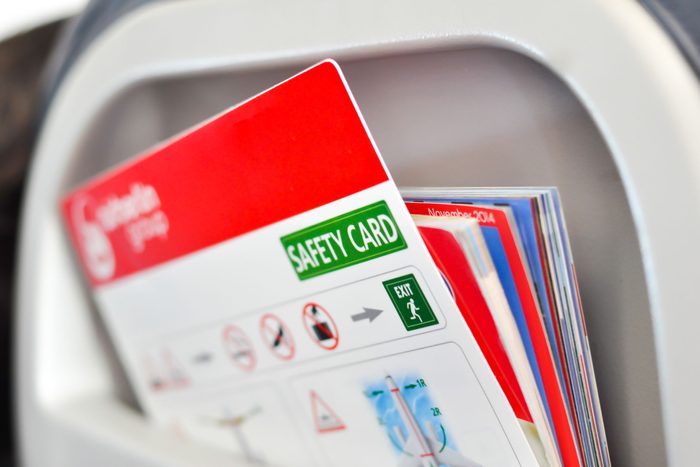
Safety tactics do work
That three-minute safety tutorial at the beginning of each flight about how to brace for a crash and use an oxygen mask? Abiding by those tactics can save your life. In one test put together by Discovery TV, researchers put crash test dummies on a Boeing 727 and crashed it into the Sonoran desert (the pilots bailed first). An analysis of the dummies showed that bracing for impact—placing your head between your legs and your hands over your head—increases a passenger’s chance of survival. This is everything your flight attendant won’t tell you.

Turbulence will not destroy your plane
Patrick Smith of askthepilot.com puts it best: “There’s no more poignant reminder of flying’s innate precariousness than a good walloping at 37,000 feet. It’s easy to picture the airplane as a helpless dinghy in a stormy sea.” But while turbulence is nerve-racking for some passengers, it’s largely just an inconvenience for pilots. And while it might seem like the plane has dropped hundreds of feet at a clip, it’s likely only moving a few feet. So what should you do when turbulence hits? Buckle up! Most turbulence-related injuries occur when flight attendants and passengers get jostled around the cabin. These are mistakes you’re making that flight attendant would not.
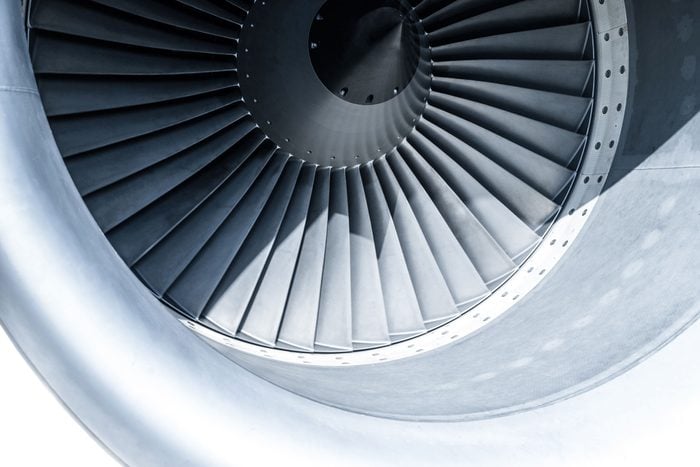
The plane has backup systems
Ninety-six percent of jetliners Boeing delivers today are twinjets, meaning they have two engines. These planes can fly on only one engine for extended periods of time, and fly on routes laid out to keep them within a safe distance of an airport at all times, should one fail. The probability of both engines failing at the same time is less than one in a billion hours of flight.